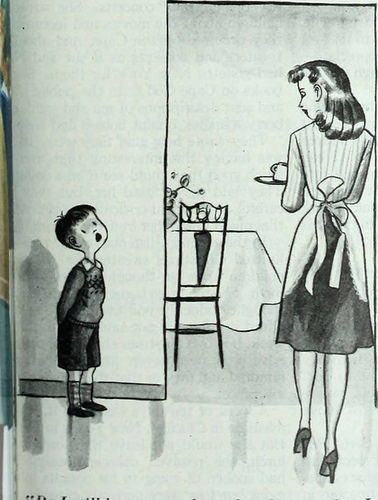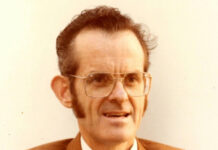 Editor: This article was originally published 2/11/2017. Steve B, when he isn’t contemplating the intricacies of identity politics as The XYZ’s resident poet, is also an English teacher. Below is an example of a reading comprehension task he put together for his year 9’s and 10’s. He wanted to demonstrate that not all of teachers are Marxists. He has actively engaged in refuting much of the garbage that is in the English department and is quite vocal to other teachers about the nature of the garbage they have to teach. Steve notes that next year’s study plan does not contain any ‘gender as a social construct’ references. It has been replaced with ‘representation of gender’. Still a useless field of study, as he tells his students, but it’s a step back to sanity.
Editor: This article was originally published 2/11/2017. Steve B, when he isn’t contemplating the intricacies of identity politics as The XYZ’s resident poet, is also an English teacher. Below is an example of a reading comprehension task he put together for his year 9’s and 10’s. He wanted to demonstrate that not all of teachers are Marxists. He has actively engaged in refuting much of the garbage that is in the English department and is quite vocal to other teachers about the nature of the garbage they have to teach. Steve notes that next year’s study plan does not contain any ‘gender as a social construct’ references. It has been replaced with ‘representation of gender’. Still a useless field of study, as he tells his students, but it’s a step back to sanity.
It has been fashionable over the past ten to fifteen years to reduce gender to a ‘construct’. Gender is not a ‘construct’. It is a biological fact of nature. You can no more ‘construct’ gender in a wild animal than you can in a person. Boys are going to be boys and girls will be girls. It’s naturally hard-wired into their psyche and it’s OK.
To attempt to replace nature with a ‘construct’ is called social engineering, something that seeks to alter the very fabric of society. In recent times gender studies has been a tool used by some to attempt to alter the fundamental nature of society, and not for the better.
When studying various texts, our understanding of gender comes from the representation of male and female roles, not a ‘construct’ that suggests that gender somehow can be built or manipulated.
Aside from nature, society gains its understanding of gender roles from the normal day to day actions of the world around it, and from the many forms of audio and visual texts produced for thousands of years, from cave paintings to the internet.
These texts contain representations of gender that help form our understanding of the different roles males and females play in society. Representations of gender can come from many different sources such as:
• Books/magazines
• Movies/TV
• Advertisements
• Music video clips
• Storybooks
Most of these mediums portray natural or traditional gender roles that reflect what is happening in our society, and support our expectations of how those roles are represented. Such portrayals may revolve around a male who fights, hunts and protects, while a female may be seen as a carer, nurturer or a voice of reason. Generally speaking, most traditional representations of gender point to the same time-honoured roles for males and females, with any change not being an enormously major one.
Non-traditional gender representations have been used many times in the past to highlight that there can be variations in gender roles that are common to both male and females; such as a smart, assertive woman or a passive male who spouts excessive poetry. Recent portrayals of non-traditional gender roles however, are not supported by reality and remain in the realm of fiction. They are based on an agenda to undermine traditional gender roles in order to bring about questionable social change, a subject that will not be explored here.
The reality is that the world is ruled by men who were nurtured by their mothers; who protect the family they make with their wife; a wife who supports their work and rears the next generation to become functioning citizens of society. This is because of nature, not theories of gender ‘construction’.
It is a biological fact that men and women are completely different yet complementary. Most texts will support this representation. And that’s OK.
Scan (quickly skim over) the text on the other side of this paper and predict what it will be about. Write your answer in the space below.
• ______________________________________________________________________________________________________________________________________________________
Before you read this text in detail, what do you already know about the subject presented in the text?
• ____________________________________________________________________________________________________________________________________________________________________________________________________________________________________________________________________________________________________________
What genre or style of writing does this text look like? What makes this text less formal than other styles of writing? (Hint: Examine the layout and language).
• ____________________________________________________________________________________________________________________________________________________________________________________________________________________________________________________________________________________________________________
Read the text closely. There are a number of points made in this text. Identify three main ideas that are contained in this writing.
• ______________________________________________________________________________________________________________________________________________________
• ______________________________________________________________________________________________________________________________________________________
• ______________________________________________________________________________________________________________________________________________________
What points do you agree or disagree with in this text? Explain your answers below.
• _________________________________________________________________________________________________________________________________________________________________________________________________________________________________
• _________________________________________________________________________________________________________________________________________________________________________________________________________________________________
Photo by Internet Archive Book Images









